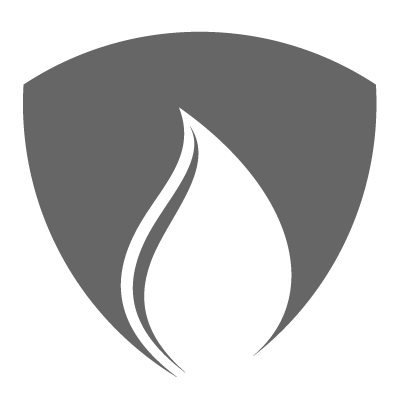How to Build a Better Team
Which of the following priorities will help your team perform better?
- More talent (the WHO)
- Bigger goals (the WHAT)
- Clearer purpose (the WHY)
- Deeper connection (the HOW)
Most people pick numbers 1 -3, but the right answer is #4. According to data, the key to improving team performance is:
- HOW connected team members are to each other
- HOW comfortable they are giving honest feedback
- HOW humbly they admit mistakes and help each other learn
- HOW deeply they feel part of a team
When the HOW is weak, people resent each other. They form cliques. They avoid going the extra mile for clients and for each other because they don’t really care. It’s just a job.
But when the HOW is strong, it taps one of our oldest and deepest energy sources — to be part of a tribe. Long before money existed, people lived or died for their tribe.
To see how powerful that can be, consider the following story…
At the 1936 Summer Olympics, the world witnessed two very different approaches to team performance:
• The German rowing coach scoured Germany to find the 8 most talented rowers and put them in a boat together (the WHO).
• The American rowing coach focused on the interpersonal bond between rowers (the HOW).
The American coach had originally tried prioritizing the WHO. He had put his 8 fastest rowers together, but they kept losing to a supposedly less talented team with more camaraderie. So he went with the more connected team pictured above.
Some people laughed at them because they didn’t look particularly strong.
And then — with Hitler watching from the stands— they won the gold.
Years later, when the American team members looked back on the race, what made them emotional wasn’t the victory. It was the feeling of being part of that team.
That feeling of deeply belonging to something greater than yourself isn’t just good for morale. It’s the key to higher performance, especially during hard times, because it taps a deeper fuel source.
But this doesn’t happen unless you prioritize it.
Of course, that was a hundred years ago. Is it still true? And what about in business?
Google wanted to find out…

Project Aristotle
Each year, Silicon Valley companies spend a fortune acquiring individual star talent. But when those stars are placed on teams, they don’t always shine.
Google wanted to know why.
So they spent two years surveying 180 of their sales and engineering teams, sifting through the data to identify what made the best teams different. More talent? Shared hobbies? A certain gender balance?
Nothing panned out.
Then they noticed that the best teams did have something in common — they were high in interpersonal trust and mutual respect.
In leadership literature, there’s a term for this.
Psychological Safety
Psychological safety describes people who feel completely safe working together. Intellectual tension can sometimes be high (they disagree), but emotional tension is always low (they still get along).
This gets reflected in morale, but also performance, because the friction most teams struggle with is replaced with flow. No one points fingers, backstabs, or sweeps issues under the rug. They work as a cohesive unit, producing better ideas that benefit from full team input.
At the highest levels, when the whole team experiences flow, the team becomes superconductive, moving forward with frictionless efficiency. No time or energy is wasted on internal conflict or division.
That’s what this program helps you develop.
How to Become Superconductive
Superconductivity requires several very specific skills:
- how to listen actively and take turns speaking (and being silent)
- how to voice empathy for other people’s difficulties
- how to see other people’s mistakes and weaknesses without anger or blame
- how to see your own mistakes and weaknesses with clarity and acceptance
- how to apologize correctly
- how to give and receive feedback compassionately
- how to put the team first
This is not “radical candor” where people sling barbs at each other in the name of supposed truth. That leads to paranoia, distrust, and high turnover.
This is not “team motivation,” where people pump each other up and ignore the blind spots they really need to work on.
Instead, this is a program that fosters greater honesty, accountability, and compassion, so that all team members can become the best versions of themselves, and everyone feels a deep sense of gratitude for being on this journey together.
The skills are taught through short online lessons (accessed 24/7) and practiced in real time over the course of the week, every week.
You don’t rely on an external coach for accountability. You rely on each other.
When your team members make a shared serious commitment to work on yourselves and grow together, you won’t need an external accountability partner. You need tools (online), practice (in your office), face time with each other (every week), and time.
Each month, if you do the exercises, you will experience a little less friction, and a little more flow.
